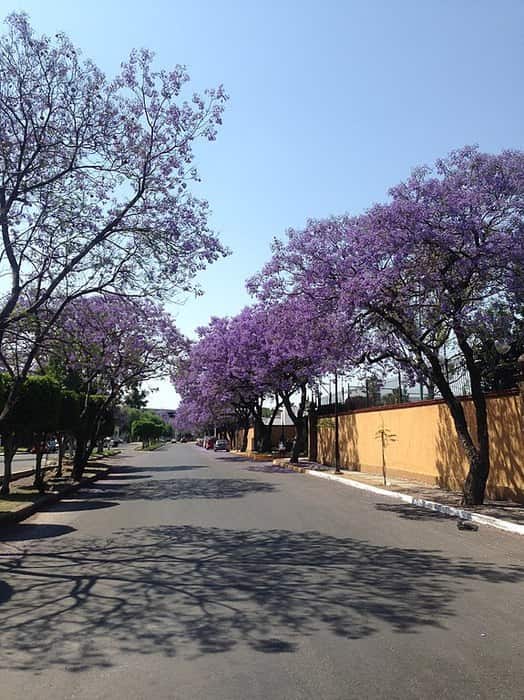This is the origin of the jacarandas in Mexico City
Jacarandas in Mexico City: twice a year the parks, avenues and large avenues of the capital are colored violet thanks to this species.

The arrival of spring turns lilac, native to Argentina, Bolivia, and Paraguay, jacarandas is found in various areas of Mexico City. Twice a year the parks, avenues, and large avenues are colored violet thanks to this species originally from South America.
There is a legend that the tree arrived in the capital of Mexico perhaps thanks to a migrant named Tsasugoro Matsumoto or the governor of Veracruz, Teodoro Dehesa, so his plantation in the capital of the country could be at the end of the 19th century or early of the XX.
In Mexico City, there was an attempt to plant thousands of cherry trees. At that time, President Pascual Ortiz Rubio (1930-1932) asked the Japanese government to donate such trees to place them in the main avenues of the city as a symbol of friendship between both peoples.
The Ministry of Foreign Affairs of Japan asked an emigrant who had already resided in Mexico for decades, Tatsugoro Matsumoto, his counsel to determine if it was feasible for the flower to adapt to the conditions of the city.
The emigrant explained to both governments that flowering of the cherry tree was unlikely to take place because a much more abrupt temperature change was required between winter and spring that Mexico City did not experience. In this way, the project was discarded before the expert recommendation of Matsumoto.
Its meaning comes from the Portuguese "yacaranda" which means oloroso, although it does not release an aroma that is perceived. The jacaranda mimosifolia is the most common genus in Mexico of the 50 species of Central and South America and the Caribbean Islands and reaches up to 20 meters in height.
It has not been proven that its leaves have medicinal properties and can be toxic. Its wood has tannins that are used to tan the skin and is useful for making furniture. In spring and autumn is when jacaranda blooms.




